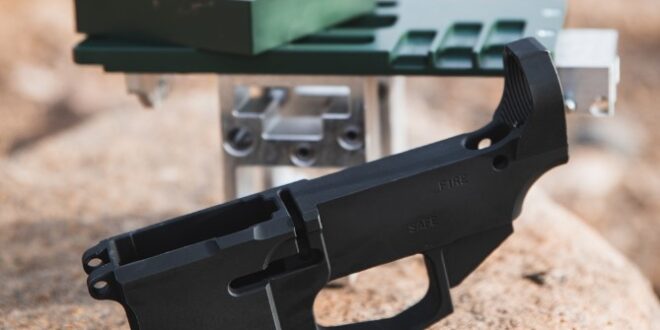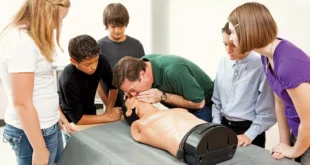The firearms community is vast and diverse, encompassing hobbyists, sports shooters, and those who prioritize personal safety. Within this realm, a specific group prefers the unique experience of building firearms rather than buying them off the shelf.
Central to this endeavor is the 80% lower receiver. But what is it, and why is it a hot topic? This guide will delve into the nuances and importance of the 80% lower receiver.
Table of Contents
The Basics of a Firearm’s Lower Receiver
To understand firearms, one must acknowledge that they are more than just a barrel and trigger. Especially for rifles like the AR-15, the lower receiver plays a pivotal role. This foundational piece houses key components like the trigger assembly, hammer, and magazine catch.
When we mention “80% lower receivers,” we’re pinpointing an unfinished version of this piece. It requires more machining to become fully functional. The “80%” tag isn’t a precise measurement for products in stock, but more an industry jargon indicating its unfinished state.
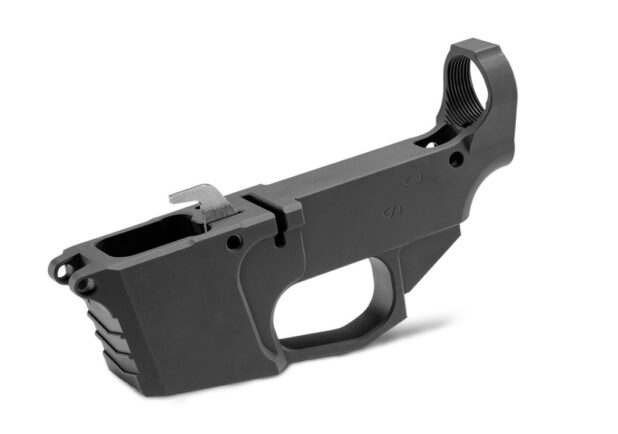
Why Opt for an 80% Lower Receiver?
Choosing an 80% lower over a fully completed one can stem from various reasons. One primary motivation is the allure of customization. For many firearm enthusiasts, building a gun is akin to crafting a masterpiece. An 80% lower provides a blank canvas to personalize and ensure every piece aligns with their vision.
Additionally, working on it offers a learning experience, revealing the intricate workings of firearms. Lastly, from a regulatory perspective, as of 2022 in the U.S., 80% fewer aren’t labeled as firearms by the Bureau of Alcohol, Tobacco, Firearms, and Explosives (ATF). This means they sidestep the background checks that complete firearms or receivers’ mandate. However, post modification, when they are functional, they enter the firearm category legally, necessitating adherence to all related laws.
The Process of Completing an 80% Lower
Transforming an 80% lower into a working firearm component demands particular tools and expertise. Initially, one has to select the ideal material. 80% lower come in various materials ranging from aluminum and polymer to steel. This choice affects both the machining process and the final product in terms of performance and aesthetics.
The most significant phase is machining the Fire Control Group area, where spaces for the trigger, hammer, and other components get carved out. Alongside, precise holes for pins that secure various parts need drilling. Once these functional aspects get addressed, builders often indulge in adding personal aesthetics like engravings or specific finishes.
Potential Legal Implications
Navigating the world of 80% lowers isn’t devoid of legal intricacies. On the federal front, as of 2022, personal firearm manufacturing doesn’t require a license. But any resultant product can’t be commercialized or transferred without regulatory compliance. However, this is a generalized view, and state-wise, laws can be more restrictive.
Certain states have tougher rules concerning 80% lowers and self-made firearms. It’s always wise to get acquainted with local laws before embarking on this journey. Beyond that, while not a federal mandate, some states insist on serial numbers for homemade firearms. Even in lenient states, it’s prudent to serialize and register the finished piece for potential legal clarity down the line.
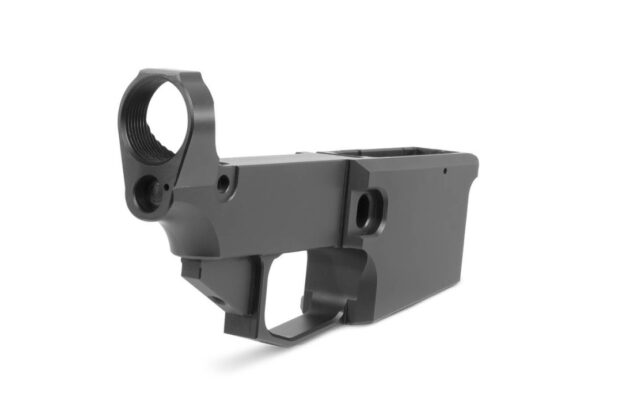
Safety Considerations
Safety reigns supreme in all firearm-related ventures, and 80% lowers are no exception. Using tools correctly and ensuring their appropriateness for the task can dramatically reduce accident risks. Investing in quality 80% lowers and components is equally crucial, as it determines the reliability and safety of the finished firearm. Before assembling and using the weapon, testing it cautiously in a controlled setting is paramount.
Above all, before initiating the project, immersing oneself in knowledge about the firearm’s mechanisms and the machining process is essential. Numerous resources, workshops, and courses can guide enthusiasts on this journey.
The Community and Culture of 80% Lowers
Beyond the mechanics and regulations, there exists a thriving community centered around 80% lower receivers. This group, often characterized by its DIY spirit and passion for firearms, fosters a culture of knowledge sharing, innovation, and mutual support.
Craftsmanship and Pride
One of the defining elements of this community is the immense pride taken in the craftsmanship. The journey from an unfinished lower to a fully functional firearm is not just about creating a tool or weapon; it’s about realizing a vision. Each firearm built represents hours of labor, attention to detail, and, more often than not, a reflection of the builder’s personality and preferences. It’s not just about the destination (a working firearm) but about the journey and the skills acquired along the way.
Shared Knowledge and Resources
With the rise of digital platforms and social media, enthusiasts have found spaces to collaborate and share their experiences. Online forums, video tutorials, and social media groups dedicated to 80% lowers have become hubs for knowledge exchange. Whether it’s a rookie looking for guidance on their first build or a seasoned veteran showcasing a novel technique, the community thrives on shared learning and mutual respect.
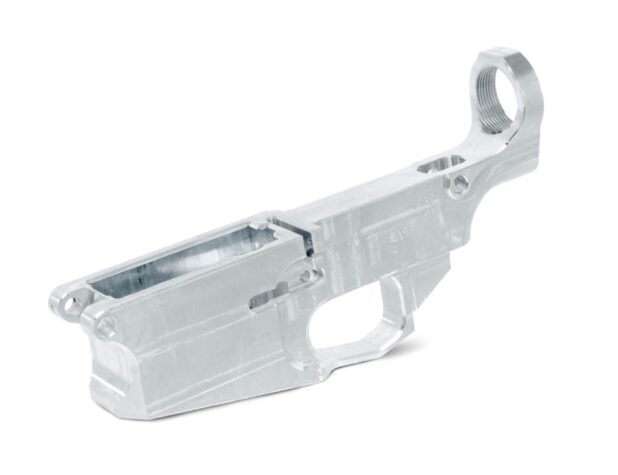
Innovation and Evolution
The 80% lower landscape isn’t static. As with many sectors, innovation drives it. New materials, tools, and techniques regularly emerge, pushing the boundaries of what’s possible. The community is often at the forefront of these advancements, with many enthusiasts experimenting with novel approaches and then sharing their findings with peers.
Challenges and Resilience
Like any community, the 80% lower enthusiasts face challenges. Regulatory shifts, public perception, and the ever-evolving landscape of firearm rights play significant roles in shaping the community’s trajectory. However, the collective resilience and adaptability of its members have seen it through many challenges. By staying informed, advocating for their rights, and ensuring safety and responsibility in their endeavors, the community remains vibrant and active.
Final Words
The 80% lower receiver, though a specialized component in the expansive firearms universe, occupies a special spot for DIY aficionados and those eager to dive deep into their weapon’s mechanics. The path from a raw piece to a functional firearm is challenging but offers rewards in knowledge, the joy of creation, and the freedom to customize.
However, it’s imperative to tread this path with respect, following safety protocols, and staying within legal confines. With these in place, the journey of crafting a firearm from an 80% lower receiver becomes a fulfilling endeavor.
 World Magazine 2024
World Magazine 2024
